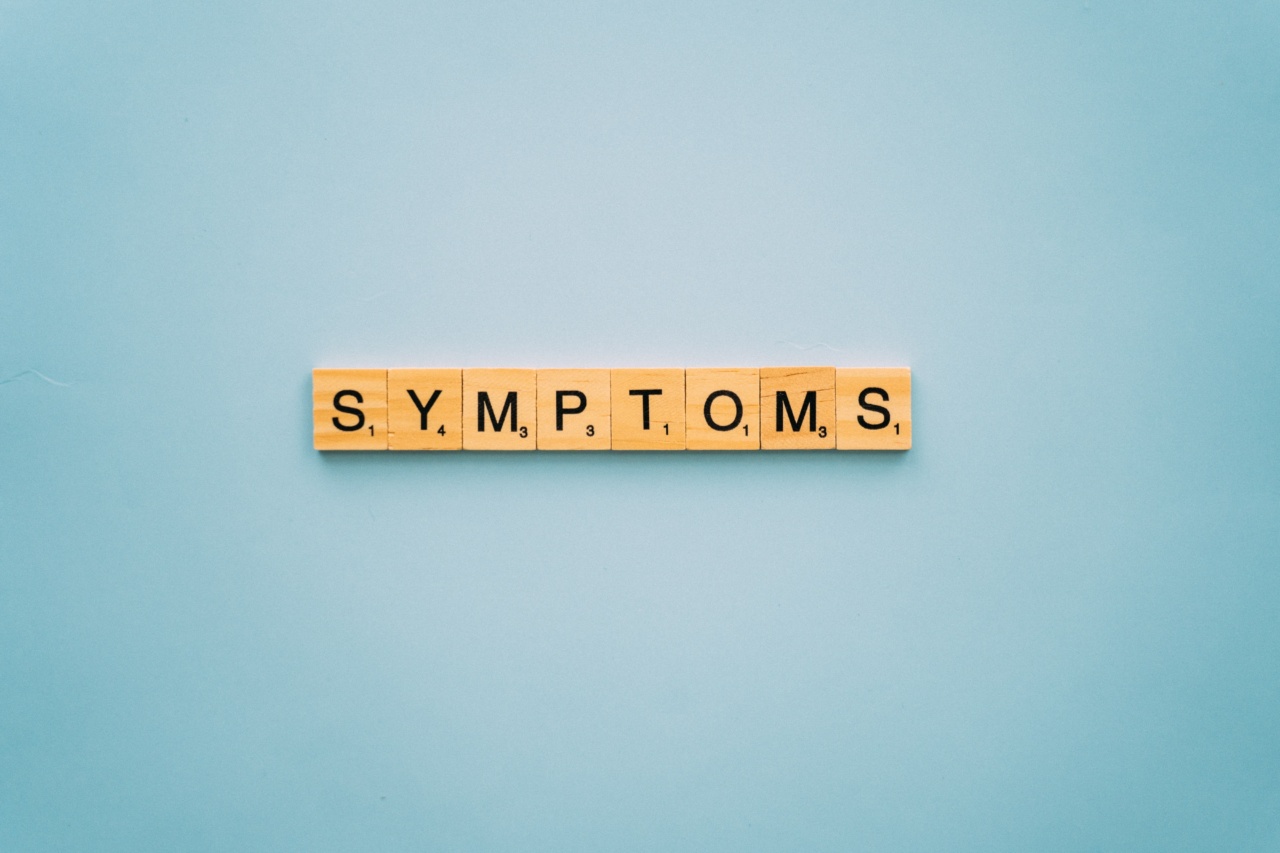A vaginal fungal infection, also known as vaginal yeast infection or vulvovaginal candidiasis, is a common condition experienced by many women. It is caused by an overgrowth of the Candida fungus in the vagina.
While most women will experience a yeast infection at some point in their lives, it is important to be aware of the signs and symptoms so that prompt treatment can be sought.
1. Itching and Irritation
One of the most common symptoms of a vaginal fungal infection is itching and irritation in the vulva and vaginal area. The intense itching can be extremely uncomfortable and may worsen with scratching.
2. Redness and Swelling
In addition to itching, a yeast infection can cause redness and swelling of the vulva and vaginal tissues. The affected area may appear inflamed and feel tender to the touch.
3. Abnormal Discharge
Another telltale sign of a vaginal fungal infection is the presence of abnormal vaginal discharge. The discharge is usually white and thick, resembling cottage cheese. It may have a distinct odor, similar to yeast or bread.
4. Pain or Discomfort During Intercourse
Some women with a yeast infection experience pain or discomfort during sexual intercourse. The inflammation and irritation of the vaginal tissues can make intercourse painful and may result in soreness afterward.
5. Burning Sensation During Urination
A vaginal yeast infection can lead to a burning sensation while urinating. This symptom occurs due to the irritation caused by the infection, particularly if the urine comes into contact with the inflamed tissues.
6. Rash or Sores
In severe cases or when the infection goes untreated for an extended period, a yeast infection can cause a rash or sores on the vulva and surrounding skin. These sores may be painful and may sometimes ooze or bleed.
7. Discomfort and Soreness
The presence of a yeast infection can cause general discomfort and soreness in the vulva and vaginal area. The soreness may be persistent and can make everyday activities, such as sitting or walking, uncomfortable.
8. Thickening of Vaginal Tissues
In chronic cases of vaginal yeast infections, the walls of the vagina may become thicker. This can result in a feeling of fullness or tightness within the vagina and may cause discomfort.
9. Recurrent Infections
Some women experience recurrent vaginal fungal infections, which refers to having four or more infections within a year. Recurrent infections may indicate an underlying issue that needs to be addressed, such as an imbalance in the vaginal flora.
10. Disruption of Vaginal Flora
A vaginal fungal infection can disrupt the natural balance of microorganisms in the vagina, leading to a decrease in the number of beneficial bacteria.
This disruption can make the vaginal environment more susceptible to the overgrowth of Candida fungus.





























